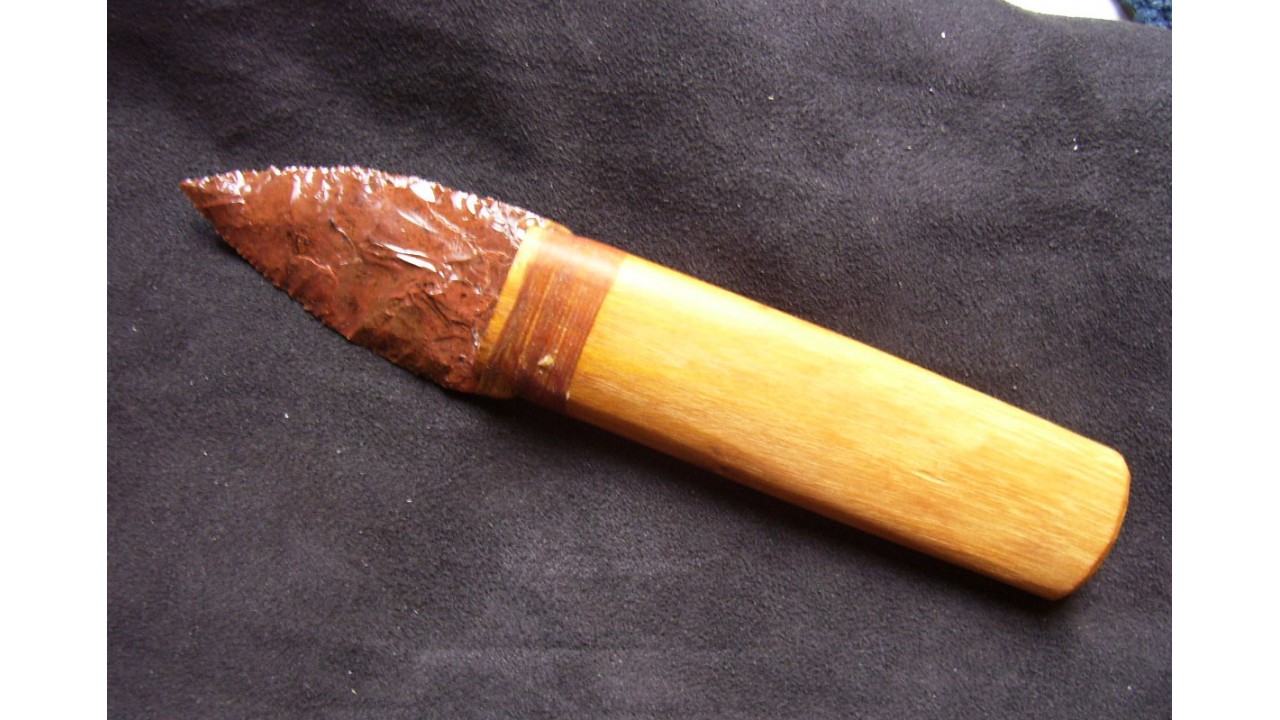

The edge is many times thinner and sharper than surgical steel and studies have shown that healing is quicker and scarring less with their use.Ītlatl spear points used by paleoindians in the Greater Yellowstone.

These tools are hand made by pressure flaking just as the paleoindians pressure-flaked their fine spear tips and cutting tools, and each scalpel is one of a kind. Today obsidian is used to make superior surgical scalpels used in delicate surgerys such as eye surgery and heart bypass operations, as well as plastic surgery. In this excerpt from the film People of the Hearth, flint knapper Dale Herbort demonstrates the highly-skilled techniques that paleoindians and historic tribes used to make knives, spear and arrow tips. Our modern term for this skill is flint knapping.
OBSIDIAN SCALPEL SO SHARP NO BLEEDING HOW TO
Very early in human existence, we discovered how to work the glass into useful tools and implements like scrappers, knives and spear points. Obsidian is often referred to as volcanic glass. This quality allows obsidian to fracture in a very predictable, curved or c onchoidal manner when it is impacted. Such a substance, like glass, is called isotropic, which means that it has the same molecular structure in all directions. Either way, we have a rock with no crystals. Dry lava solidifies more rapidly than lava which has a high water content. The water content of the lava also plays a role. It would be useless in making a precise tool like a knife or spear tip.īut if the granitic molten rock makes its way to the surface and cools quickly (extrusive), the mineral crystals don’t have time to grow and, with just the right conditions, volcanic glass or obsidian will form. When you fracture granite, with a hammer or another rock, it will break unevenly. Granite is composed of intergrown crystals of quartz, feldspar, mica and other minerals. Usually, however, the slowly cooling rock forms an interlocking mass of uneven partially-formed crystals such as a granite. If there is a gas or fluid pocket in the molten material, beautiful museum-quality crystals might grow. The atoms that comprise a mineral grow in regular, geometric patterns that are unique to the specific crystallography. If they cool over a very long period of time, beneath the surface of the earth (intrusive rocks), minerals begin to crystallize.

Smith.Remember Earth Science 101? You learned that igneous rocks begin their life in molten form. Indeed, he discovered one of the richest sources of obsidian in North America, at Obsidian Cliff on the Yellowstone plateau. Most likely, an adventurous young paleoindian trekking the upper reaches of the Yellowstone river discovered the much sought after black glass. As the Yellowstone ice-cap melted and receeded 12,000 to 14,000 years ago, people started exploring the higher elevations. Regardless of the uncertainty of paleoamerican origins, they needed sources of obsidian with which to fashion tools and weapons. Evidence of a connection from the old world to the Americas is sketchy, though obsidian projectile points from sources on the Russian Kamchatka peninsula have been found in Alaska. Current concensus suggests the first North Americans, or the Paleoindians, probably entered the Americas across the Bering land bridge sometime between 21,000 and 14,000 years ago at the height of the last glaciation. The lustrous black of obsidian has reflected fire in the eyes of humans since very early in the evolution of our species. Over many generations, paleoindians learned to fashion extremely sophisticated tools by flaking the edges of obsidian until a suitable knife or spear point was formed.
OBSIDIAN SCALPEL SO SHARP NO BLEEDING SKIN
This may have been the first crude obsidian tool and was later used to scrape flesh from the skin of an animal that had been killed by a predator. Smith.Long ago, in the rarefied dawn of prehistory, a paleo-Steve-Jobs noticed that when he broke a piece of obsidian, the edge of the fracture was very sharp and he could use it to whittle the end of a stick to dig grubs from the ground.


 0 kommentar(er)
0 kommentar(er)
